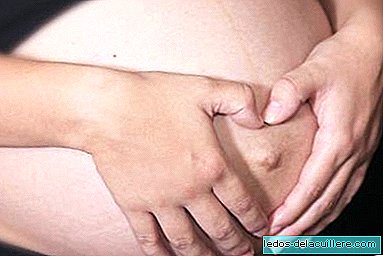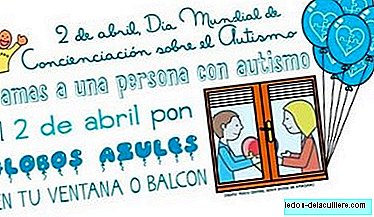
According to a recent study conducted in Spain, about 17% of children suffer from tics, which makes these motor disorders in something quite frequent. Tics are more common in boys than in girls and tend to disappear or decrease with age, both in intensity and frequency.
Remember that nerve tics are a movement disorder, usually inherited, related to the neurological development of childhood. They are characterized by sudden, convulsive, excessive and repetitive movements, sometimes even sounds.
The study, carried out by specialists from Burgos, has been published in the latest issue of the journal "Pediatric Neurology". It uses a sample of 1,158 schoolchildren and, in particular, concludes that 16.86% of children show presence of this disorder.
The figures, according to the authors, are extrapolated to the rest of the Spanish population. In addition, in the investigation they have observed that while in the ordinary schools 16.86% of the students had tics, the number was up to 20.37% in the special education centers.
In addition, as we have advanced, the study shows a higher incidence in boys than in girls. The most serious diagnoses are chronic motor tics, 6.07 percent, and Tourette's syndrome, with 5.26 percent.
Though its specific cause is unknown, some experts in the field locate the disorder in the circuit between the basal ganglia and the motor cortex, where there is an involuntary movement suppression. The tics fluctuate and increase influenced by the stress that can cause problems in the family or in the school itself.
Therefore, what was previously considered a rare disorder happens to have greater consideration. In addition, many times the tics go unnoticed, or do not go to the consultation for mild tics, which makes the majority of cases found to be serious.
Now it has been seen that most tics in children are mild disorders, which have no functional impact. But there are more cases than those who come to the office, as it is a fairly common disorder: approximately one in six children has a tic.












